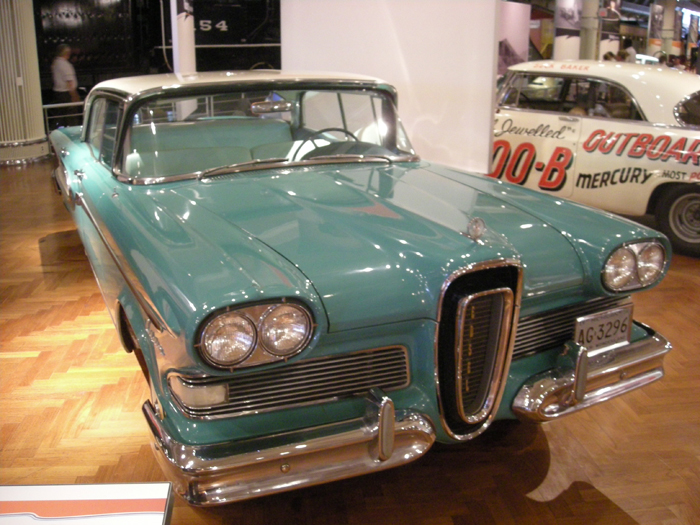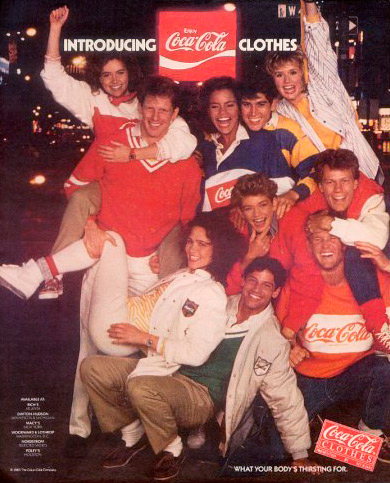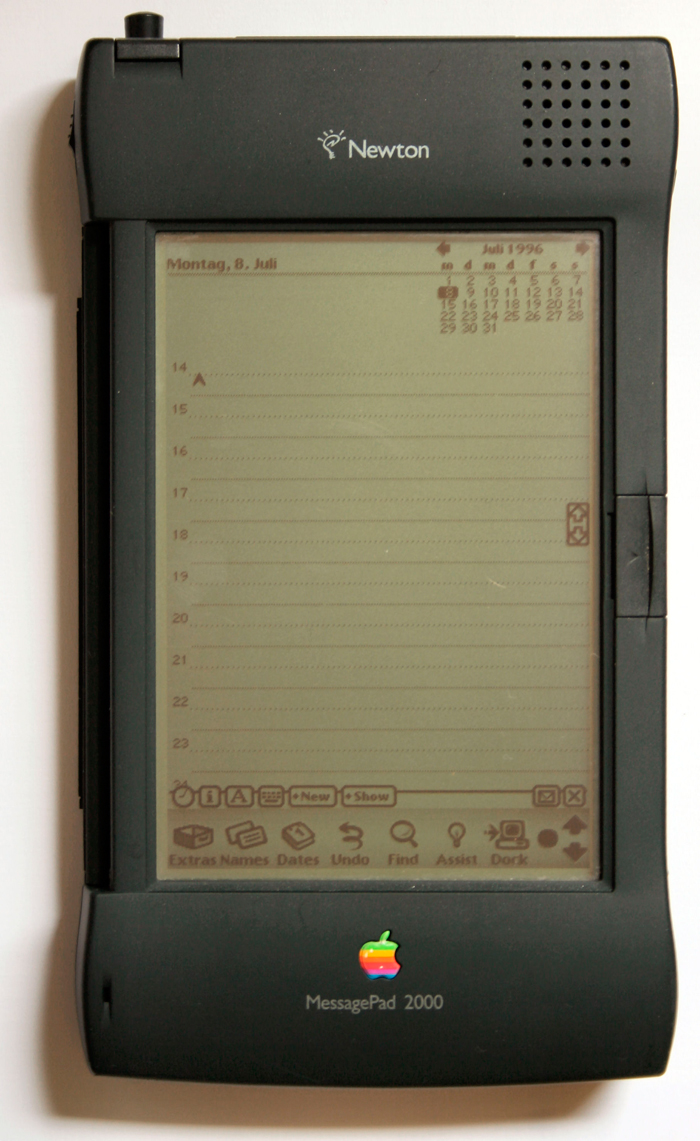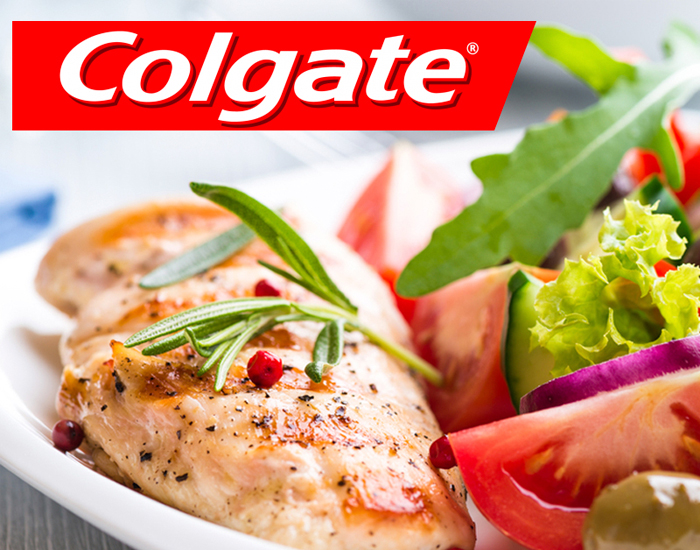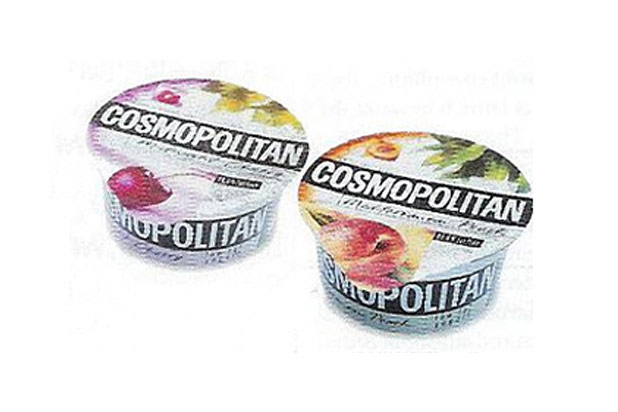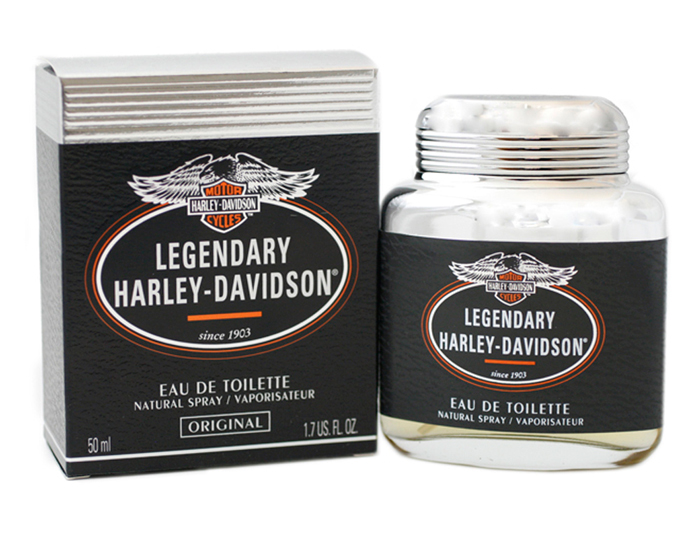Brand Crisis – How to Manage, Survive and Thrive
The one thing every brand product or service can count on is that there is a brand crisis in your future. No brand is immune. And, because bad news travels fast (faster than ever, due to social media), time is of the essence.
When do you have a brand crisis on your hands? Whenever there are “unexpected events that threaten a brand’s perceived ability to deliver expected benefits, thereby weakening brand equity.” [1]
It’s a Brand Crisis: First Things First
Step 1: Damage Control
Whether Mother Nature or manmade forces are at work, it’s critical that no matter how robust a brand you have built, you do have a “just-in-case” plan on the Public Relations shelf. A crisis management professional will guide you on the immediate essential steps and basic principles[2] of crisis management, and importantly, on your specific scenario.
From the very first moment that a sudden event, a mistake, or a piece of news impacts a brand negatively, savvy brand managers need to know:
- what to do first
- what never to say to the media
- how to prioritize
- what social media tactics are best
Step 2: Assessing the Brand Damage
According to the Financial Times, “When a brand crisis breaks out, consumers and other stakeholders (e.g., shareholders, the media, regulators) are likely to raise questions about the affected brand and why the crisis happened such as: who is to blame? Is the event likely to happen again? Is it true? What does the crisis signal about the brand?”[3]
When the frenzy begins to abate, your brand requires large amounts of tender loving care. The central question to be answered relates to the prognosis and timing for recovery. That is, brand owners and managers need to analyze both the short-term and long-term effects of the damage caused by the crisis for complete, cool-headed consideration.
Step 3: Short-Term Brand Damage
Assuming no loss of life or property, your short-term considerations are typically:
- sales
- consumer confidence
- an attack mounted by opportunist challenger brand(s).
Therefore, the task is to recover revenue, earn consumers’ trust, and deal with competitors in the right way.
A silver lining comes from gaining positive lessons learned from a negative experience…it’s never more important than when one’s “dirty laundry” has been on display for all to observe.
Nevertheless, a brand audit followed by a refresh or re-branding may very well be in order at this critical moment.
After the Brand Crisis: Getting Back to Normal
Step 4: Long-Term Brand Damage
A crisis is a harsh teacher and requires cool heads to respond rationally to an irrational situation. Ultimately, every crisis has a resolution.
How a brand deals with a crisis during the short-term damage control step will have a lasting effect on its reputation in the long-term, where it matters most. Indeed, that behaviour becomes a benchmark for the brand as conversations in the public sphere revolve around the brand’s handling of the event.
Because every situation is different, it’s impossible to say how long after the initial crisis occurs that step 4 will begin. It could be days, weeks, or months. Experts agree, “The scale and duration of this impact depends on a number of factors, including a brand’s track record and established consumer goodwill, as well as how quickly brand custodians respond to the crisis.” [4]
If you need to evaluate your brand’s vulnerabilities, weak points and areas in need of change then now is the time to use the Auditing Analysis Accelerator™. It’s an online programme that walks you through, step-by-step, the process of giving your brand an audit. A critical management tool in every brand owners arsenal.
Step 5: The Problem Gets Fixed
In a widely shared 2005 op-ed published by the Wall Street Journal[5] following the devastating Hurricane Katrina, the former chairman of General Electric presented his thought leadership memo about the five stages of a crisis. According to Jack Welch, the fifth and final stage in crisis management is when the problem gets fixed.
A benefit derived from a crisis is that it lets us know where things are broken and can help us to identify solutions so that future similar crises may be avoided. But this benefit applies only if we take the appropriate steps to learn those lessons and to apply that wisdom to our brand.
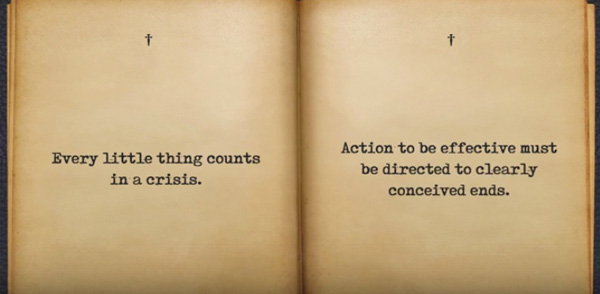
It’s mandatory to undertake the post-crisis approach strategically. In the words of Jawaharlal Nehru, statesman of India, “Every little thing counts in a crisis.”
What Now For My Brand?
As a branding expert, Persona Design can provide insights and advice about getting your brand back to ship-shape by determining:
- Whether the original brand strategy needs adjustment
- How to create a new brand promise
- To what extent the brand can recover
- Whether a brand refresh is appropriate
- Does the brand need repositioning?
- Whether a re-branding is required
- What a re-branding should look like
This process begins with a detailed brand audit focused on recovery. This procedure determines your brand’s market position versus competitors, identifies where brand strengths and weaknesses lie, reveals inconsistencies and opportunities for improvement, and flags new developments.
Option 1: A Brand Refresh
In the wake of a crisis, a refreshed brand must create and clearly communicate new company values.
Option 2: A Re-branding
A brand audit will determine whether the brand can survive. Some brands, including large ones like Arthur Andersen (now Accenture), cannot survive a deep crisis.
Calculated and deliberate brand re-building to repair brand reputation is not a frivolous process. It requires a serious and thoughtful strategy based on customer perception, behaviour and values.
Let’s look at five types of crises that commonly occur in a small-to-mid-sized company and use illustrations found within larger corporations. Note that the strength of a brand image will mitigate damage in crisis aftermath, with smaller brands being more vulnerable than these household names.
A Bump in the Road for Brands
1. Product Failures
As a small-to-medium retailer, you can be caught up in a failed product originating with one of your suppliers. It’s a costly headache for retail management having to refund customers’ money, give them replacements, deal with the supplier, while hoping the problem doesn’t get any worse or rub off on your own brand. When a product failure occurs, you may benefit from professional brand reputation management.
Example: Due to six fatal incidents, millions of unstable dresser units have been recalled by IKEA[6], which is responsible for their own supply chain as manufacturer and reseller. This product recall is one of 17 for IKEA in 2015 through mid-2016.[7]

IKEA Malm dressers (IKEA Corporate News website)
Result: Surveys indicates that the world’s largest furniture retailer’s reputation is hit hard, but the brand will survive, according to experts like Stephan Shakespeare, founder and CEO of YouGov, who writes in July 2016, “The good news is that IKEA’s overall Value Score remains relatively untroubled – in the UK at least. While this remains the case, IKEA can be assured its offering will continue to be popular…IKEA should be thankful that it has such a strong brand image, and indeed one that people around the world have a connection and loyalty to.”[8]
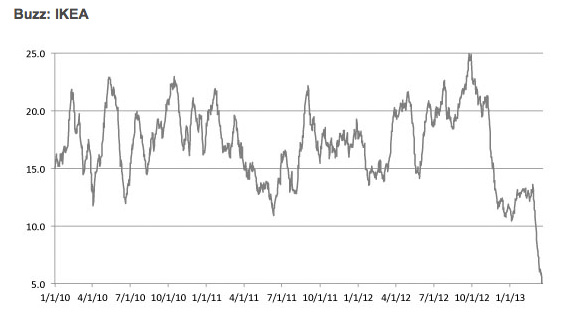
Image via Buzz Score (YouGov)
2. Brand Embarrassment
Keep your clearly defined brand values front and centre in the mind of the customer. If something embarrassing does occur, seek advice from a professional branding agency to prevent customers from expressing dismay with their feet and their wallets.
“People buy a brand because it says something about who they are and what they believe in,” according to Deborah MacInnis, PhD, a professor of marketing at the University of Southern California Marshall School of Business. “If there’s a brand that does something bad, people feel betrayed but also feel that wearing it would signal that they agree with the values of the company.”[9]
Example: High priced teen apparel brand Abercrombie & Fitch lost its status as darling of the Millennials when the CEO made disparaging comments about customers who didn’t fit the store’s skinny sizing. An employee with an eating disorder gained 68,000 petition signatures and an apology.
Result: Sales have been impacted to the degree that store closings are the only option. The brand continues to close sizeable chunks of its portfolio of (previously) 946 U.S. store locations.
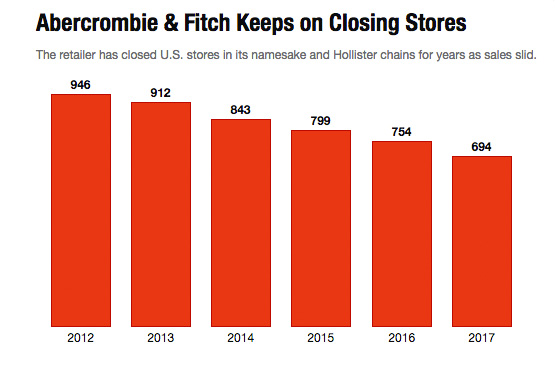
Image via Fortune, source Abercrombie & Fitch filings
3. High Profile Dishonesty
Just one untruthful comment by one top executive can negatively affect a brand. This can be particularly disruptive for service brands where the emphasis is on people. A renewed brand promise will help get things back on track.
A Canadian-based digital strategy specialist writes, “Brands aren’t heartless, mindless, soulless, brick and mortar stores. They are built by people. And no customer wants to associate with brands that comprise of unscrupulous, unreliable people. Honesty is always number one on buyers’ desirability index.”[10]
Example: After a 22-year career, NBC’s former national news anchor, Brian Williams, lost his job after exaggerating a report about his experience on the front lines in Iraq.
Result: With a quick response from NBC, a Williams apology, and a seven-month suspension for its news anchor, the network weathered the storm around trustworthiness. The popular news announcer who had enjoyed a 10-year, $15 million/year contract was brought back on air, albeit with a demotion to the network’s related cable brand, MSNBC.[11]
4. Broken Brand Promises
In the consumer’s mind, Whole Food stands for healthy eating, responsibly grown, and high quality standards, so that shoppers can buy with confidence around issues they care about.[12] A series of giant consumer let downs have occurred. Whole Foods Market, Inc. is big enough to fund their own newly hired full-time professional global VP to handle post-crisis brand strategy.[13]
Example: Whole Foods dropped the ball on their own brand promise. Last year, Whole Foods was found guilty of price mischarging from California to New York. In another salvo at Whole Foods in June 2016, the U.S. Food & Drug Administration issued a series of safety standard warnings[14] regarding fundamental cleanliness standards.
Result: Consumers were unimpressed when Whole Foods responded with a video from the company’s CEOs. People reportedly found the performance insincere, punctuated with the kind of overt gesticulation that students of body language are trained to spot. No discount was offered to entice customers back. Share prices for Whole Foods Market, Inc. have depreciated 25 percent in 12 months[15] and they’re pivoting to an ancillary brand, a smaller store with less selection, called 365, aimed at Millennials.[16]
What happened to “The Customer is Always Right”? Harry Gordon Selfridge may have overdone customer service with that mantra back in 1909. However, when a business’s explanation is open to interpretation as “we’re sorry we got caught,” you can be sure that savvy consumers aren’t buying it.
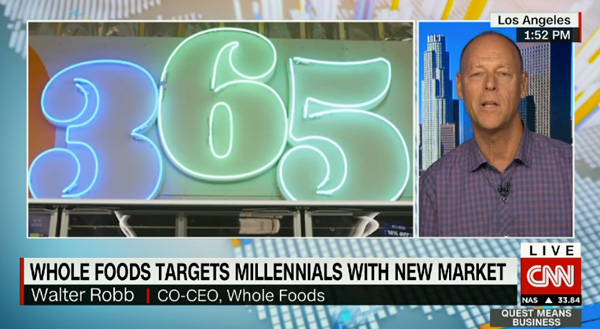
Image via YouTube
5. Scandals
When internal and external brand values are out of alignment and don’t match, the result can be devastating. FIFA, Volkswagen, Sports Direct, Chipotle, Bill Cosby, Ryan Lochte. And now Wells Fargo, one of the world’s largest banks (with a comfy Old West stagecoach brand image) was fined $185 million and released 5,300 when a fabricated bank account scandal broke.
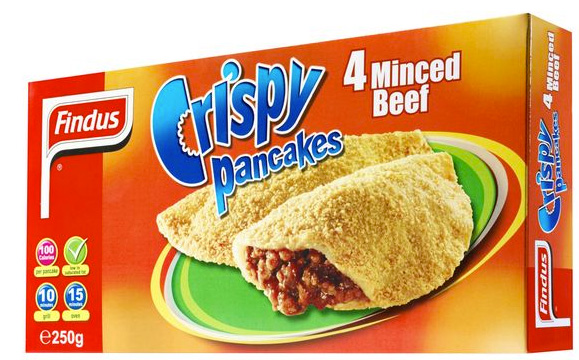
Image via Mirror UK
Example: For Findus, 50 years in the UK grocer’s frozen food aisles, it was one scandal too many. Following the uproar of 2013, when the beef lasagne was found to contain 60 to 100 percent horse meat, the product was pulled and the brand was sold. Time did not heal, as it became known that the brand had been served in 2,300 schools, hospitals, prisons, armed forces and senior housing,
Result: From spring 2017, the Findus brand is no more.[17]
Are you struggling with how to reposition your brand, rebuild your brand values, improve your brand promise — make your brand standout for the right reasons so it’s memorable and distinctive in ways that make it much loved? Then the Personality Profile Performer™ online programme is a perfect fit for you. Enroll today and make your brand highly visible and loved.
Questions to ask while reinforcing or rebuilding your brand:
• How strong is your brand reputation?
• What problem does your brand solve for its customers?
• Are your brand values clearly defined and communicated?
• How does your brand deliver on its promise?
• How do your employees, partners, vendors, suppliers and owners view your brand?
• When was the last time you conducted a brand audit?
[1] http://blog.ebiquity.com/2015/07/why-it-pays-to-take-the-drama-out-of-a-crisis
[2] Bendel, Peggy. “It’s a Crisis! Now What?” SutherlandHousePublishing.com, 2012.
[3] http://lexicon.ft.com/Term?term=brand-crisis
[4] http://blog.ebiquity.com/2015/07/why-it-pays-to-take-the-drama-out-of-a-crisis
[5] http://www.wsj.com/articles/SB112666533279540108
[6] http://www.ikea.com/us/en/about_ikea/newsitem/062816-recall-chest-and-dressers
[7] http://www.ikea.com/us/en/about_ikea/newsroom/product_recalls
[8] https://yougov.co.uk/news/2016/07/06/ikeas-drawer-debacle-wont-destroy-uk-image/
[9] https://mic.com/articles/130147/researchers-are-now-able-to-measure-just-how-embarrassing-an-uncool-brand-is#.T70A15Xkv
[10] http://www.business2community.com/branding/4-reasons-dishonesty-can-kill-brand-faster-bad-strategy-01084600#5XME1zbb2yep2m34.97
[11] https://www.washingtonpost.com/lifestyle/style/at-long-last-brian-williams-is-back–humbled-and-demoted-to-low-rated-msnbc/2015/09/21/ea423408-6077-11e5-b38e-06883aacba64_story.html
[12] http://www.wholefoodsmarket.com/mission-values
[13] http://www.vanityfair.com/news/2016/09/brooke-buchanan-theranos-whole-foods
[14] http://www.fda.gov/ICECI/EnforcementActions/WarningLetters/2016/ucm506089.htm
[15] http://www.investopedia.com/articles/markets/062016/what-whole-foods-latest-woes-mean-stock-wfm.asp
[16] http://money.cnn.com/2016/07/27/investing/whole-foods-earnings-july
[17] http://metro.co.uk/2016/01/31/goodbye-findus-crispy-pancakes-brand-dogged-by-horsemeat-scandal-is-to-disappear-5654449/




